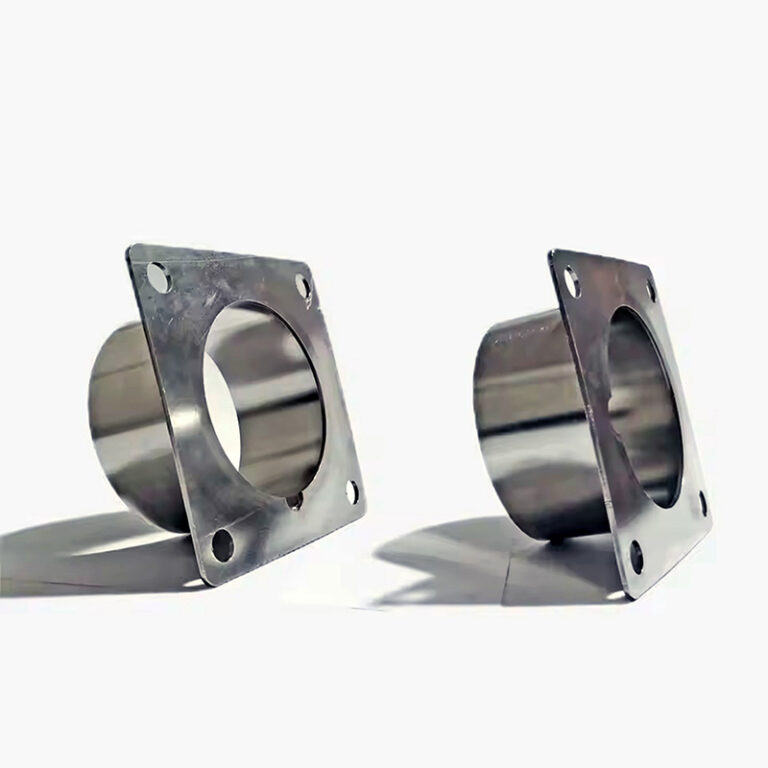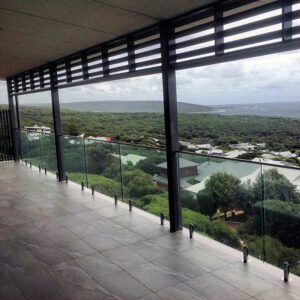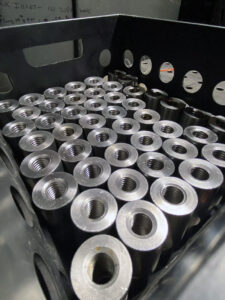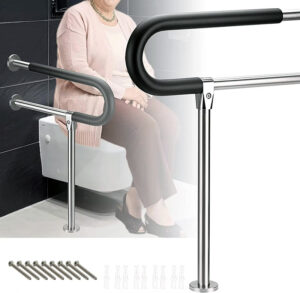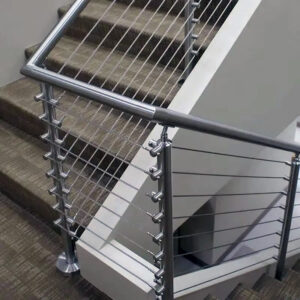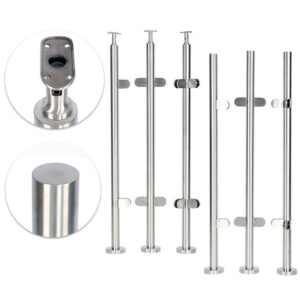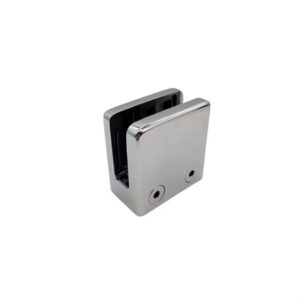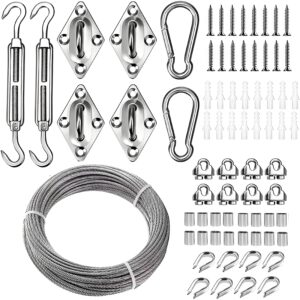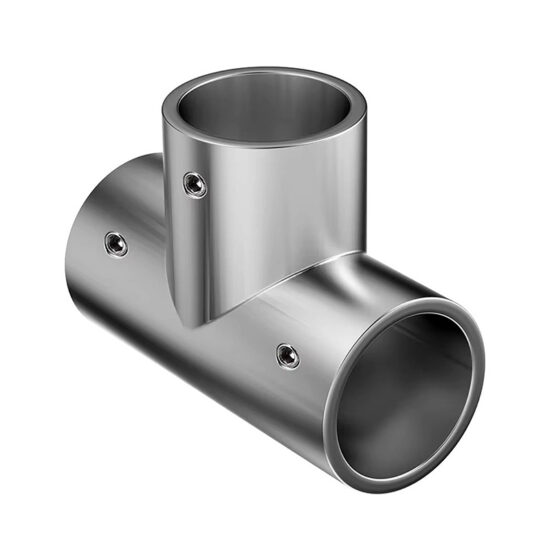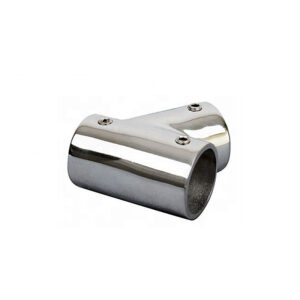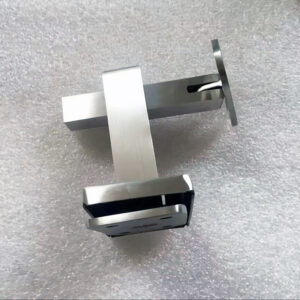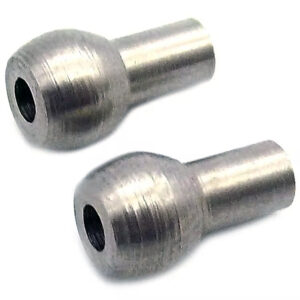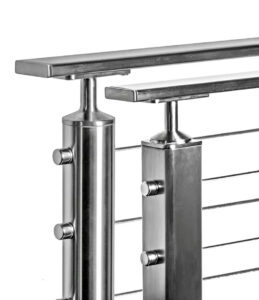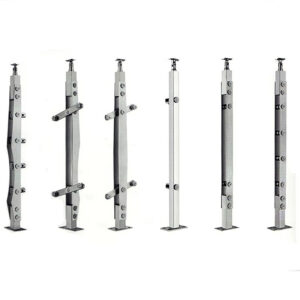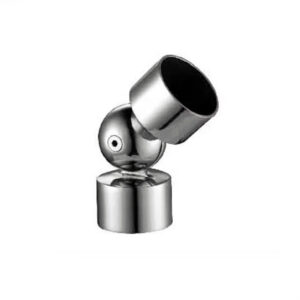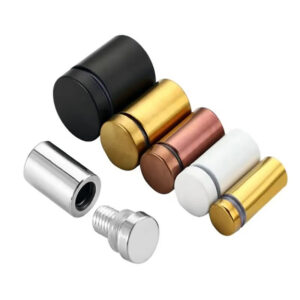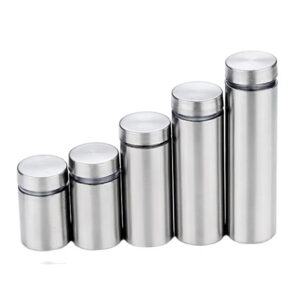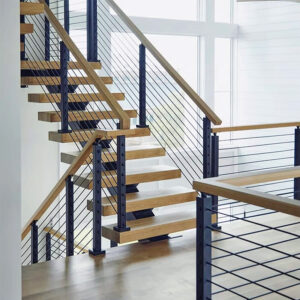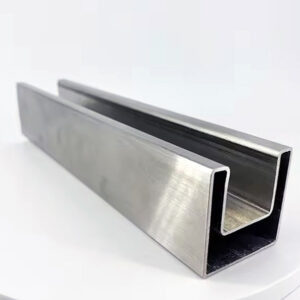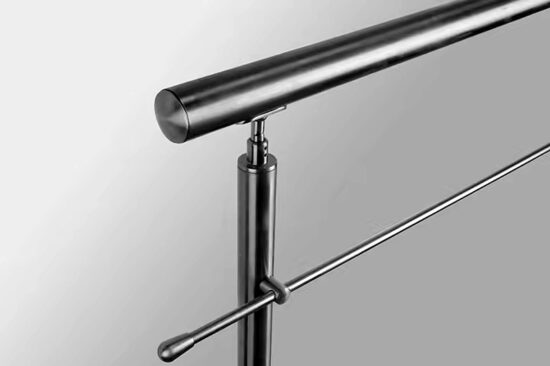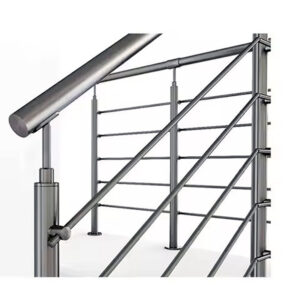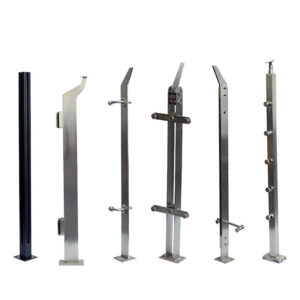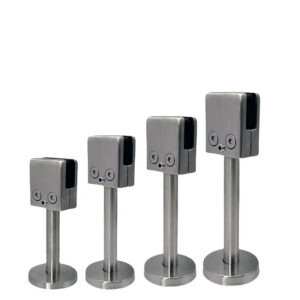Finding core mount base systems that deliver consistent performance without installation headaches shouldn’t be complicated. After 23 years of manufacturing stainless steel railing hardware, we’ve learned that contractors and distributors need systems that work exactly as specified—no surprises, no delays, no callbacks. Whether you’re handling residential multi-unit projects or complex commercial installations, the right core mount fabrication approach saves time and eliminates costly field modifications.
Core Mount Base Systems: Components That Actually Work Together
Handrail Mounting Systems
Our core mount base systems include wall-mounted brackets, post-mount connectors, surface-mount plates, and continuous rail supports. Standard 304 stainless construction handles most interior applications, while 316L marine grade tackles coastal and industrial environments. Mounting plates accommodate 1.5″ to 2″ diameter handrails with adjustable pitch correction up to 15 degrees.
All brackets feature pre-drilled mounting patterns matching standard concrete anchors and structural fasteners. This eliminates field drilling guesswork and reduces installation time by approximately 30% compared to custom-fabricated solutions.
Railing Post Integration
Core mounting systems connect seamlessly with our post hardware through standardized connection points. Posts integrate with glass panels, cable systems, or traditional infill options using the same base mounting approach. This modular design means one core drilling pattern works across multiple railing configurations.
ODM core mounting systems accommodate special architectural requirements while maintaining standard installation procedures. Custom post heights, non-standard angles, and unique load requirements get engineered solutions that still use proven installation methods.
Commercial Core Mount Components
Heavy-duty commercial applications require enhanced load ratings and corrosion resistance. Our commercial core mount components feature reinforced mounting plates, upgraded fastener specifications, and extended warranty coverage. Load testing exceeds IBC requirements by 150% minimum.
Marine grade core drilling hardware utilizes 316L stainless throughout all components—not just exposed surfaces. Hidden fasteners, backing plates, and adjustment mechanisms all receive the same corrosion protection as visible hardware.
| Component Type | Material Grade | Load Rating | Applications |
|---|---|---|---|
| Standard Wall Mount | 304 Stainless | 200 lbs lateral | Interior commercial, residential |
| Heavy-duty Surface Mount | 316 Stainless | 350 lbs lateral | Exterior, high-traffic areas |
| Marine Base Plate | 316L Marine Grade | 300 lbs lateral | Coastal, pool areas, industrial |
| Custom ODM Systems | 316L or Duplex | Up to 500 lbs | Engineered applications |
Installation Reality Check
Modular core mount systems reduce field labor through pre-engineered connection points and standard tool requirements. Most installations require only basic drilling equipment and standard torque specifications. Installation guides provide real-world dimensions, not theoretical measurements.
Quality control during manufacturing ensures components fit together correctly the first time. Twenty-three years of production experience means we’ve solved the tolerance issues that cause field problems.
Technical Specifications for Real-World Performance
Material Selection Guidelines
| Environment | Recommended Grade | Expected Service Life | Maintenance Schedule |
|---|---|---|---|
| Interior Commercial | 304 Stainless | 15+ years | Annual inspection |
| Exterior Non-Marine | 316 Stainless | 12+ years | Semi-annual cleaning |
| Coastal/Pool Areas | 316L Marine | 20+ years | Quarterly maintenance |
| Industrial/Chemical | Duplex 2205 | 25+ years | Monthly inspection |
Load Capacity Standards
All core mount base systems meet or exceed current building codes. Testing follows ASTM standards with safety factors appropriate for intended applications. Load ratings include both vertical and lateral forces with environmental load considerations.
“Standardized mounting systems reduce installation variables while maintaining required safety margins.” —American Institute of Steel Construction
Installation Time Estimates
| System Type | Linear Feet/Day | Crew Size | Special Tools Required |
|---|---|---|---|
| Wall Mount Handrail | 80-120 feet | 2 installers | Core drill, torque wrench |
| Post Mount Systems | 15-25 posts | 2 installers | Core drill, level, fasteners |
| Glass Panel Integration | 6-10 panels | 2-3 installers | Glass handling, precision drill |
| Cable Railing Complete | 40-60 feet | 2 installers | Tensioning tools, cable cutters |
Real Projects, Proven Results
Residential Multi-Unit Housing
A 240-unit apartment complex needed consistent handrail systems across six buildings. Standardized core mount base systems reduced installation time from 8 weeks to 5 weeks while maintaining identical appearance throughout. Using 304 stainless components kept material costs within budget while ensuring 15-year performance.
The modular approach allowed installers to pre-stage materials and establish efficient work patterns. Maintenance staff received training on one system type instead of managing multiple different mounting approaches.
Commercial Office Development
Large office project required ADA-compliant handrails with architectural specifications for brushed stainless finish. Custom core mount manufacturing provided exact aesthetic requirements while using standard installation procedures. Project completed on schedule with zero callbacks.
“Modular railing systems simplified both installation and long-term maintenance planning.” —Commercial Construction Management Association
Marine Environment Installation
Coastal hotel renovation demanded 316L marine grade systems capable of handling salt air exposure. Core mount fabrication 316L marine components provided 20-year service life projection with quarterly maintenance schedules. Initial installation cost premium paid back through reduced replacement frequency.
Wave impact and wind loading required enhanced fastener specifications, but standard core drilling patterns still applied. Installation teams used familiar procedures despite upgraded materials.
Industrial Manufacturing Facility
Chemical processing plant needed corrosion-resistant railings meeting OSHA safety standards. ODM core mounting systems utilized duplex stainless construction with enhanced load ratings. Custom engineering provided required performance while maintaining installation efficiency.
Monthly inspection protocols integrate with existing plant maintenance schedules. Standardized components simplify spare parts inventory and replacement procedures.
Installation Support That Eliminates Problems
Pre-Installation Planning
Technical drawings provide actual dimensions for core drilling operations. Layout guides show spacing requirements and structural considerations. Load calculations verify compatibility with existing building structure.
Engineering support reviews project requirements before material ordering. This eliminates compatibility issues and ensures code compliance. Twenty-three years of project experience helps identify potential installation challenges early.
Field Installation Reality
Installation guides reflect real-world conditions, not laboratory settings. Tolerance specifications account for typical concrete and steel structure variations. Adjustment mechanisms handle normal building irregularities without custom fabrication.
Standard tool requirements mean installation teams don’t need specialized equipment. Most core mount systems install with equipment contractors already own.
Quality Control That Works
Manufacturing precision ensures consistent fit across all components. Batch testing verifies load ratings and material specifications. Pre-shipment inspection catches problems before they reach job sites.
▶ Discuss Project Requirements ◀
Supply chain management coordinates delivery with installation schedules. Material staging reduces on-site storage requirements and weather exposure.
Frequently Asked Questions
How do I select the right stainless steel grade for my application?
Interior applications typically use 304 stainless for cost efficiency. Exterior non-marine environments benefit from 316 grade corrosion resistance. Marine, pool, or chemical exposure requires 316L marine grade minimum. Industrial applications may need duplex stainless for enhanced strength and corrosion resistance.
Consider maintenance capabilities when selecting grades. Higher-grade materials cost more initially but reduce long-term maintenance and replacement costs.
Are components compatible across different manufacturers?
Our core mount base systems use industry-standard connection patterns where possible. However, mixed-manufacturer systems can create warranty and performance issues. Complete systems from single manufacturers ensure proper fit and unified support.
Custom core mount manufacturing can interface with existing systems when replacement or expansion projects require compatibility.
What installation timeline should I expect?
Standard handrail systems typically install at 80-120 linear feet per day with two-person crews. Complex configurations or challenging access may reduce daily productivity. Pre-installation planning and material staging significantly impact overall timeline.
Weather delays affect exterior installations. Indoor work proceeds regardless of conditions. Coordinate concrete curing time with core drilling schedules.
How do I manage inventory for multiple project types?
Standardized components reduce inventory complexity compared to custom-fabricated systems. Focus inventory on common connection types and popular finishes. Special applications can utilize ODM core mounting systems without stocking unusual components.
What maintenance should I expect long-term?
304 stainless requires annual inspection and cleaning. 316 grades need semi-annual attention in most environments. Marine applications benefit from quarterly maintenance regardless of material grade.
Maintenance involves inspection for loose fasteners, cleaning procedures appropriate for finish type, and lubrication of moving components. Preventive maintenance extends service life significantly.
Do these systems meet current building codes?
All standard systems exceed IBC, ADA, and OSHA requirements where applicable. Load testing follows ASTM standards with appropriate safety factors. Local codes may have additional requirements—engineering support verifies compliance during project planning.
Competitive Comparison and Selection Guidance
| Supplier Type | Advantages | Considerations | Best Applications |
|---|---|---|---|
| Standard Catalog | Lower cost, fast delivery | Limited customization | Standard residential, simple commercial |
| Custom Fabricators | Unlimited design options | Higher cost, longer lead times | Unique architectural requirements |
| Esang Metal Systems | Modular flexibility, proven reliability | Premium pricing for engineered solutions | Professional installations requiring performance |
| Import/Generic | Lowest initial cost | Quality inconsistency, limited support | Budget applications, temporary installations |
Selection criteria should balance initial cost against installation efficiency and long-term performance. Twenty-three years of manufacturing experience demonstrates the value of engineered solutions for professional applications.
“System reliability and installation efficiency often outweigh initial cost considerations in professional construction.” —National Association of Architectural Metal Manufacturers
Projects requiring long service life, minimal maintenance, or challenging environments benefit from engineered core mount base systems. Standard applications may use catalog products effectively.
